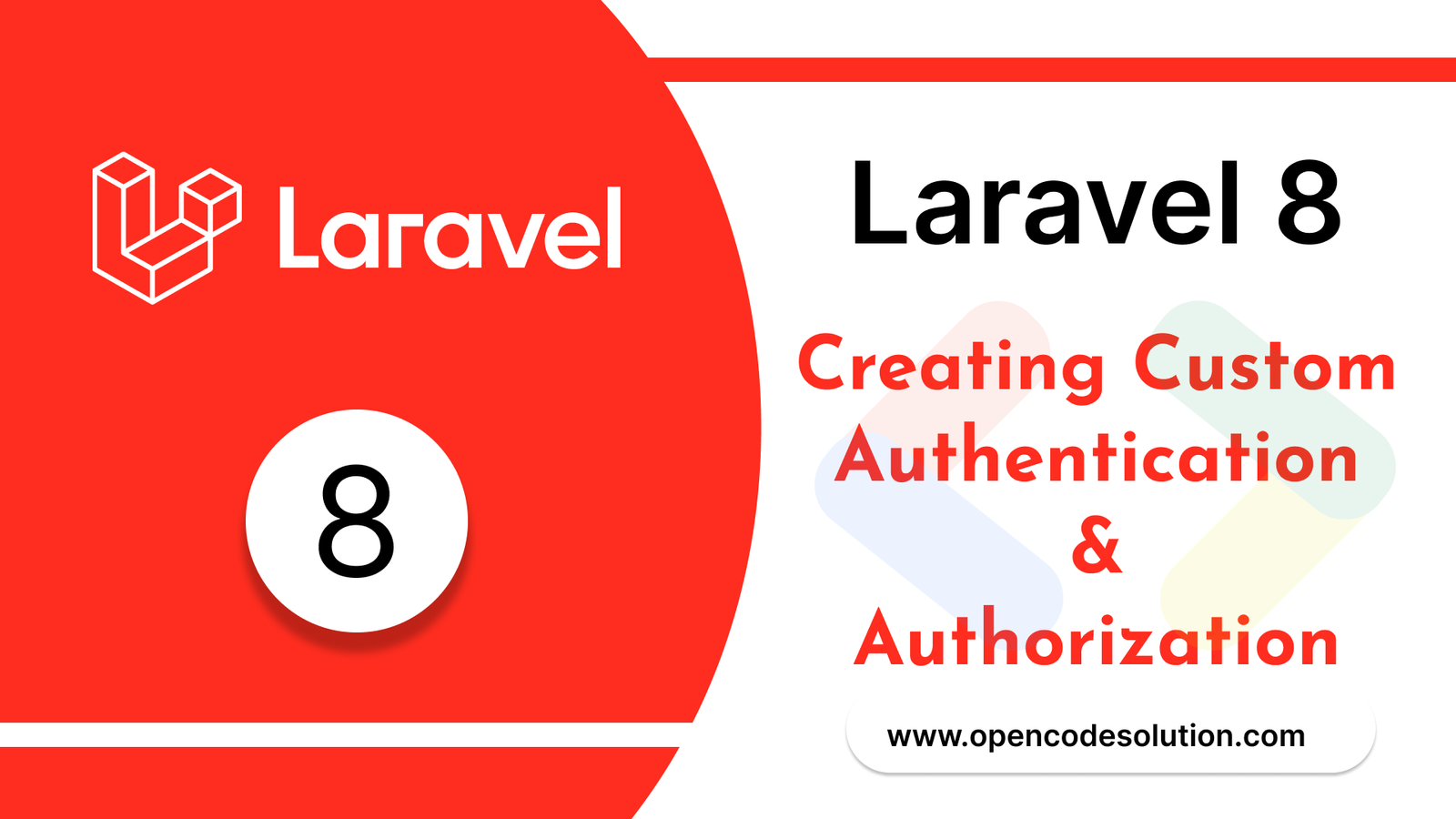Building a RESTful API with Laravel 8: A Step-by-Step Guide

Laravel is a powerful and popular PHP web application framework that provides a robust set of tools and features for developing modern web applications. One of the key features of Laravel is its ability to create a RESTful API quickly and easily. In this article, we will go through the steps to build a RESTful API with Laravel.
What is a RESTful API?
A RESTful API is a web service that uses HTTP requests to GET, PUT, POST, and DELETE data. It is an architectural style that defines a set of constraints to be used when creating web services. A RESTful API is based on the principles of REST (Representational State Transfer) and is designed to be easily scalable and maintainable.
Requirements
Before we begin, make sure that you have the following software installed on your computer:
- PHP (version 7 or higher)
- Composer
- Laravel
- A database (MySQL, PostgreSQL, SQLite, or SQL Server)
Step 1: Install Laravel
The first step is to install Laravel. You can either install Laravel using Composer or download the Laravel installer from the Laravel website. Once you have installed Laravel, you can create a new Laravel project using the following command:
composer create-project --prefer-dist laravel/laravel apiThis command will create a new Laravel project named 'api' in the current directory.
Step 2: Set up the Database
The next step is to set up the database. Laravel supports various database systems such as MySQL, PostgreSQL, and SQLite. You can choose any database system as per your requirements. To set up the database, you need to configure the database connection in the .env file. Open the .env file and update the following lines:
DB_CONNECTION=mysql
DB_HOST=127.0.0.1
DB_PORT=3306
DB_DATABASE=api
DB_USERNAME=root
DB_PASSWORD=These lines configure the database connection to MySQL.
Step 3: Create the Model
In Laravel, a model represents a table in the database. To create a model, you can use the following command:
php artisan make:model Book --migrationThis command will create a new model named 'Book' and a migration file to create the 'books' table in the database. You can edit the migration file to add or modify the table columns.
Step 4: Create the Controller
A controller handles the incoming requests and sends the response back to the client. To create a controller, you can use the following command:
php artisan make:controller BookController --api --model=Book
This command will create a new controller named 'BookController' with the '--api' option to create a RESTful API and the '--model=Book' option to use the 'Book' model.
Step 5: Define the Routes
In Laravel, routes define the URL endpoints for the application. To define the routes for the API, you can edit the 'api.php' file in the 'routes' directory. For example, you can define the following routes for the 'books' resource:
Route::get('books', 'BookController@index');
Route::get('books/{id}', 'BookController@show');
Route::post('books', 'BookController@store');
Route::put('books/{id}', 'BookController@update');
Route::delete('books/{id}', 'BookController@destroy');
These routes map the HTTP methods to the corresponding controller methods for the 'books' resource.
Step 6: Implement the Controller Methods
Finally, you need to implement the controller methods to handle the requests and send the response back to the client. For example, you can implement the 'index' method in the 'BookController' as follows:
public function index()
{
$books = Book::all();
return response()->json($books);
}This method returns all the books in the database as a JSON response.
Similarly, you can implement the other controller methods as per your requirements.
Conclusion
In this article, we have gone through the steps to build a RESTful API with Laravel. Laravel provides a simple and elegant way to build APIs that can be consumed by various clients such as mobile apps, web applications, and IoT devices. With Laravel, you can build robust and scalable APIs quickly and easily.
Categories : Laravel
Tags : Laravel 8 RESTful API API Development API Authentication API Testing

Abhay Dudhatra
0 Comments
Related Articles
Access Prev Next Post Navigation from Laravel Blad...
 By Praful Sangani -
July 21,2022
By Praful Sangani -
July 21,2022
Laravel 8 Custom User Login and Registration Examp...
 By Praful Sangani -
July 19,2022
By Praful Sangani -
July 19,2022
How to Generate QR Code in Laravel 9 Example
 By Praful Sangani -
July 21,2022
By Praful Sangani -
July 21,2022
Categories
Laravel
48React
17CSS
4jQuery
3PHP
19JavaScript
53HTML
4Python
30Node.js
2Git
8Bootstrap
15MySQL
7WordPress
27Popular Articles

WordPress Add Posts #16
August 04,2022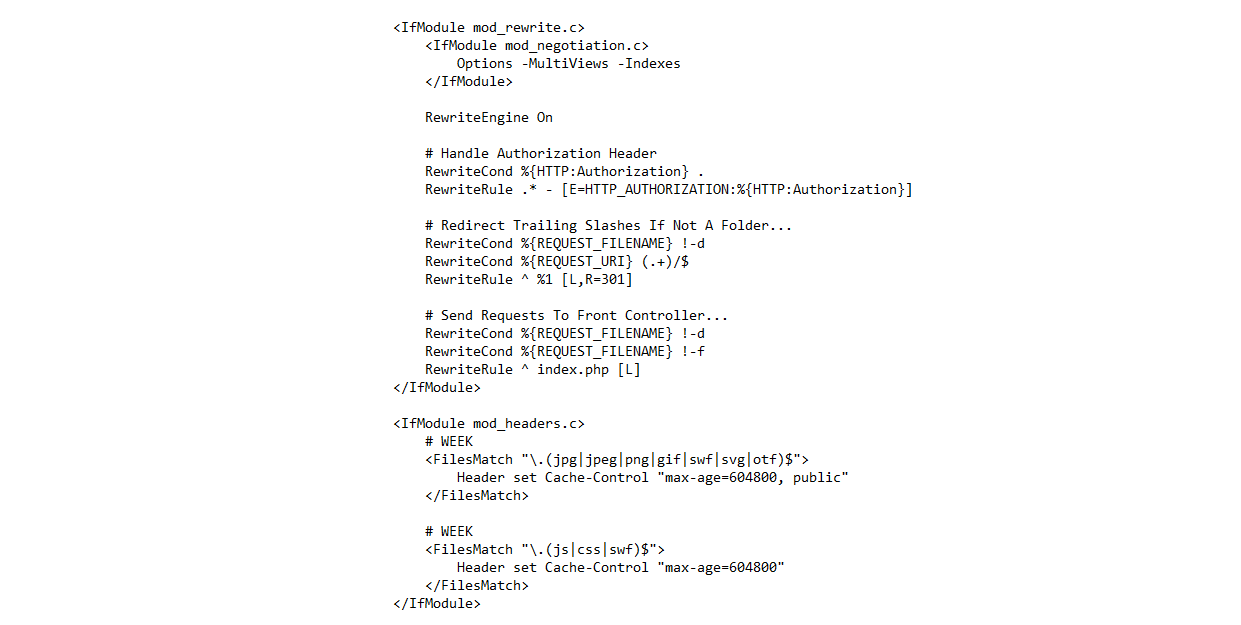
GZIP and Browser Cache a website wi...
July 21,2022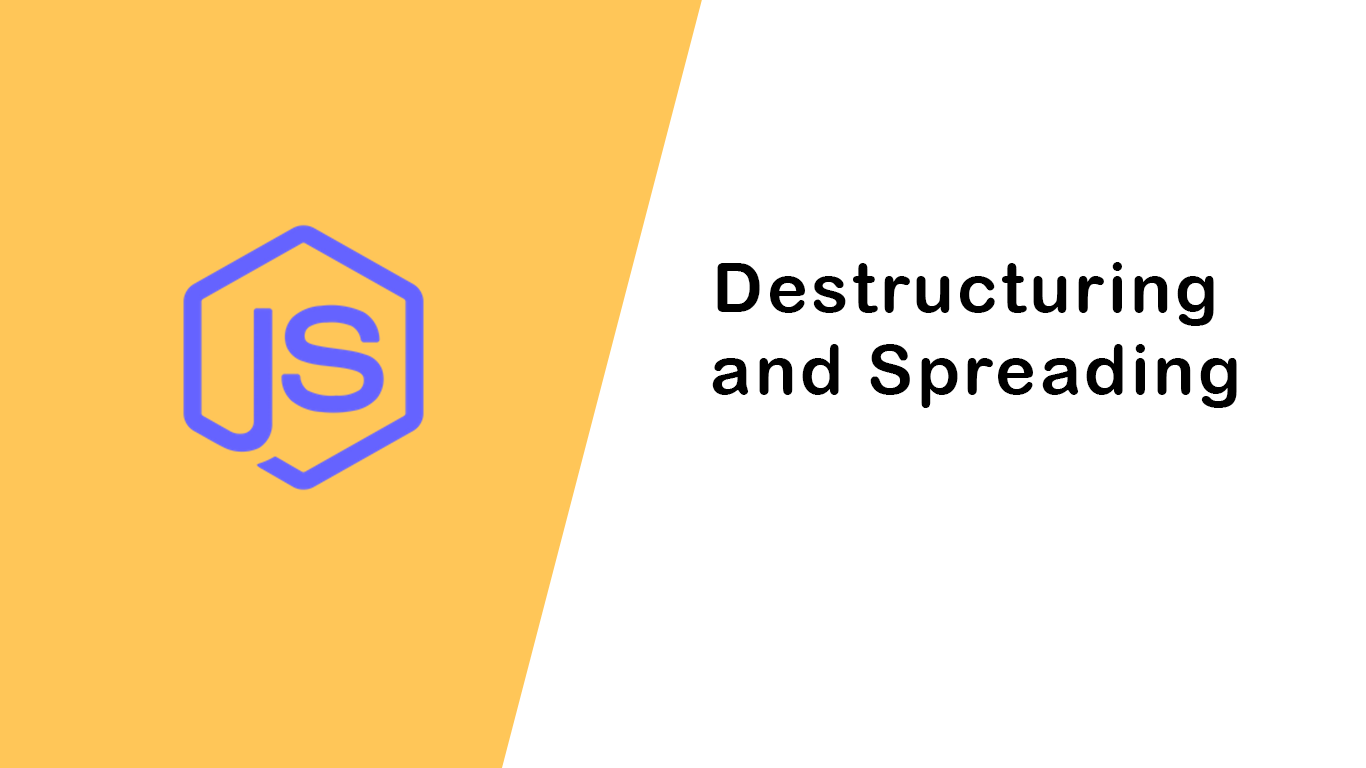
Destructuring and Spreading
August 13,2022
Import Export CSV And Excel File in...
July 22,2022
Laravel 8 Custom User Login and Reg...
July 19,2022Featured Articles

Laravel 9 Custom Login and Registra...
May 11,2023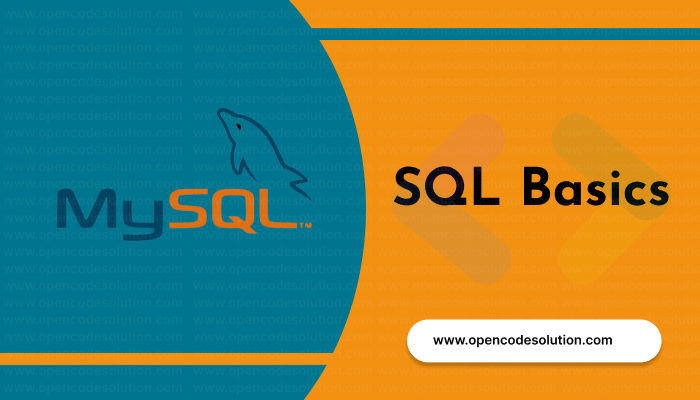
SQL Basics: A Beginner's Guide to S...
May 05,2023
Generating PDF Files in Laravel Usi...
April 26,2023
Laravel Image Intervention: A Guide...
April 26,2023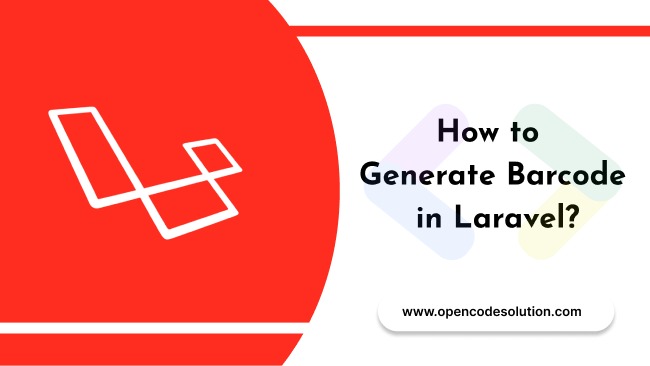
How to Generate BarCode in Laravel?
April 26,2023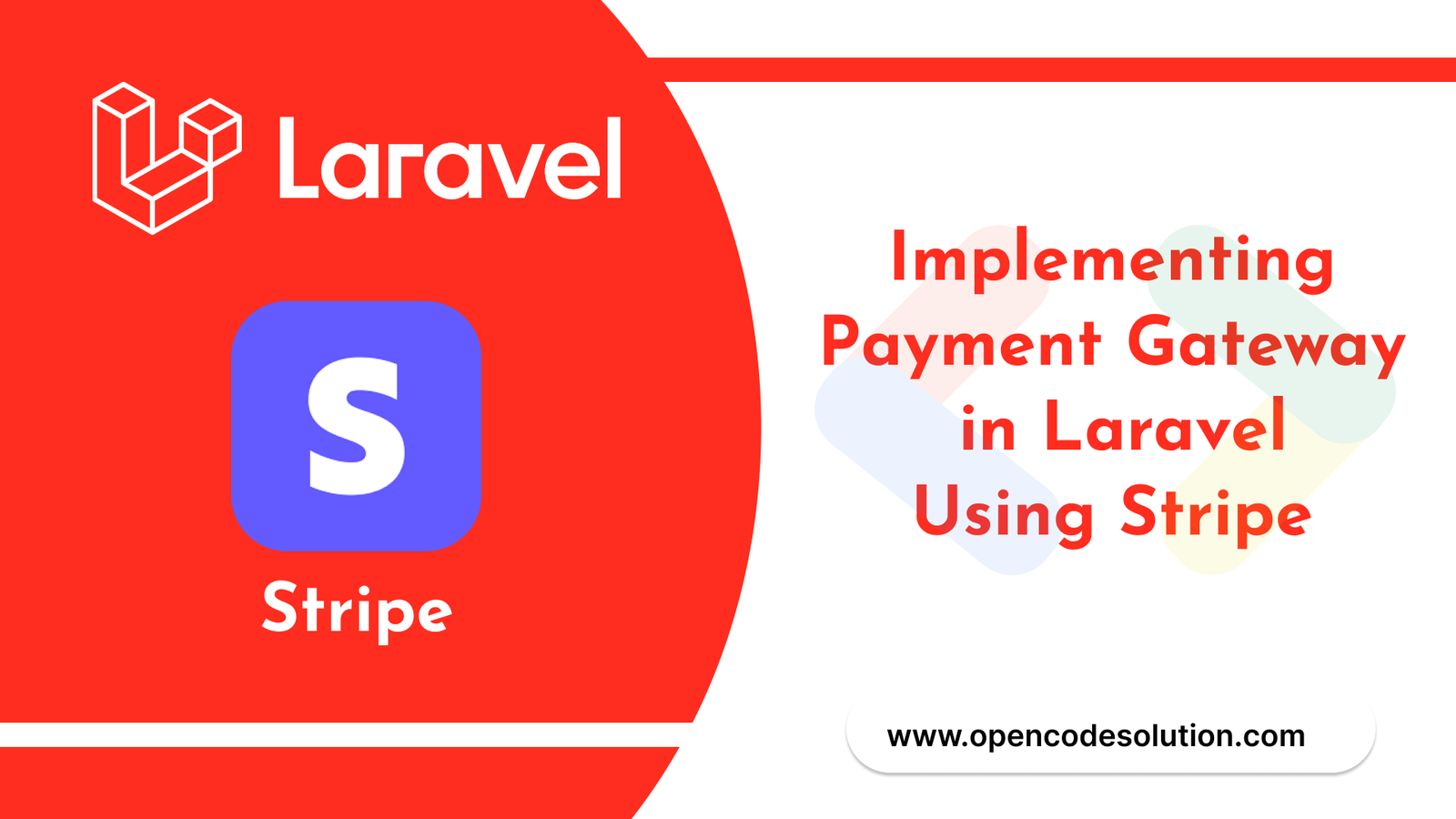
Implementing Payment Gateway in Lar...
March 26,2023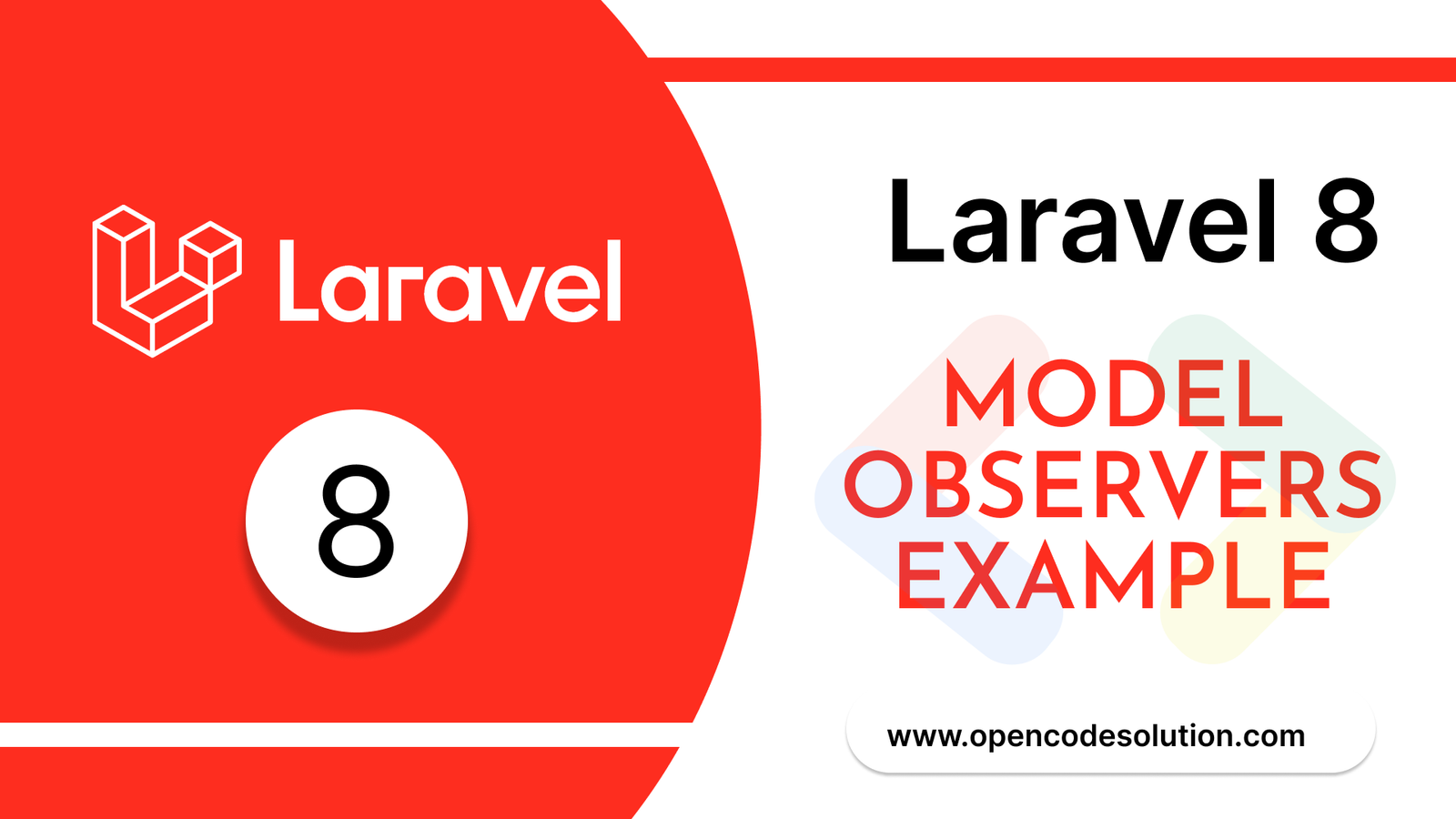
Laravel 8 Model Observers Example T...
March 10,2023
How to use Forelse loop in Laravel...
August 08,2022
What Is Wordpress #1
August 04,2022
Bootstrap Alerts
August 03,2022
Essential JS for PHP
August 03,2022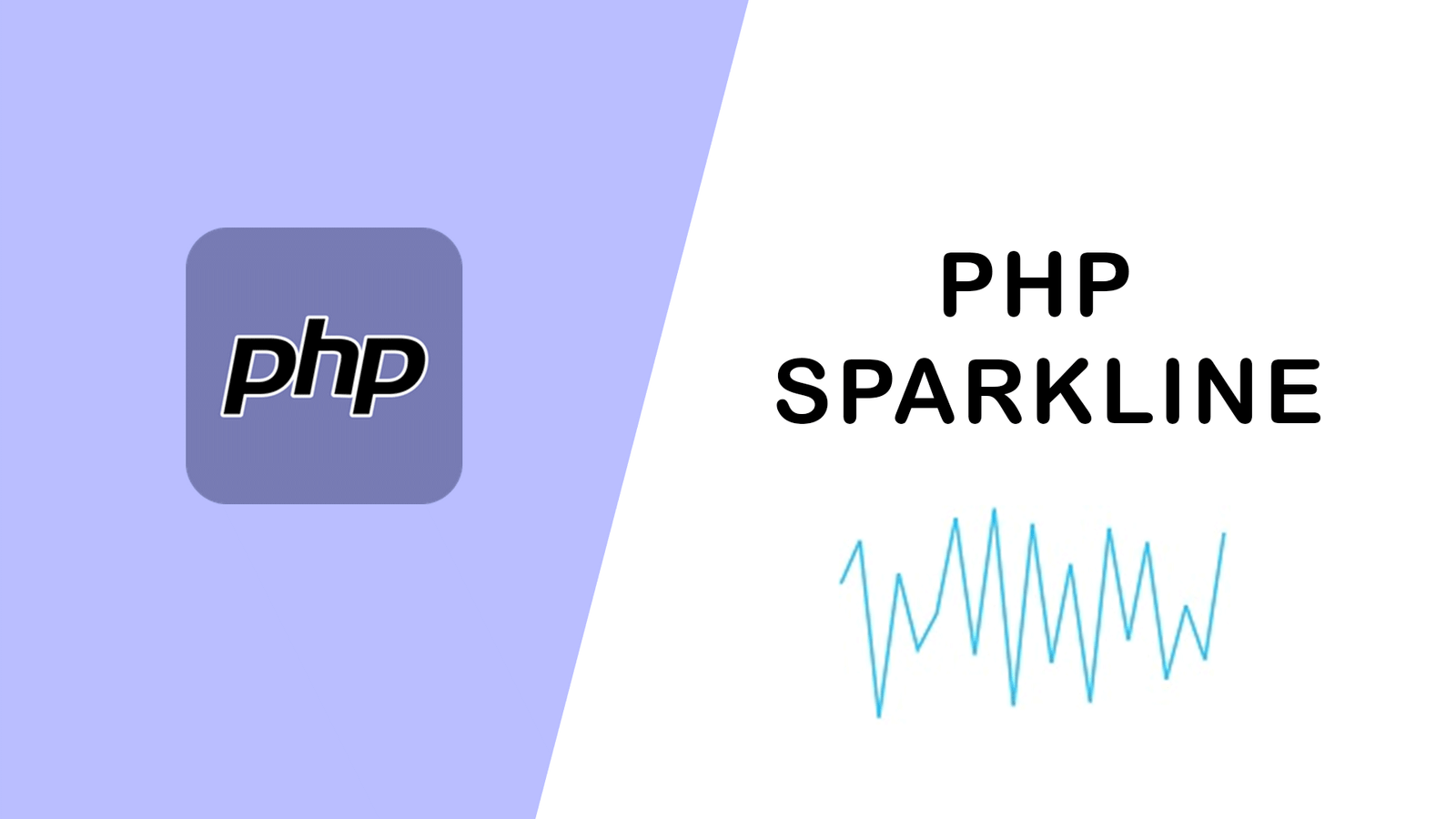
PHP Sparkline
August 03,2022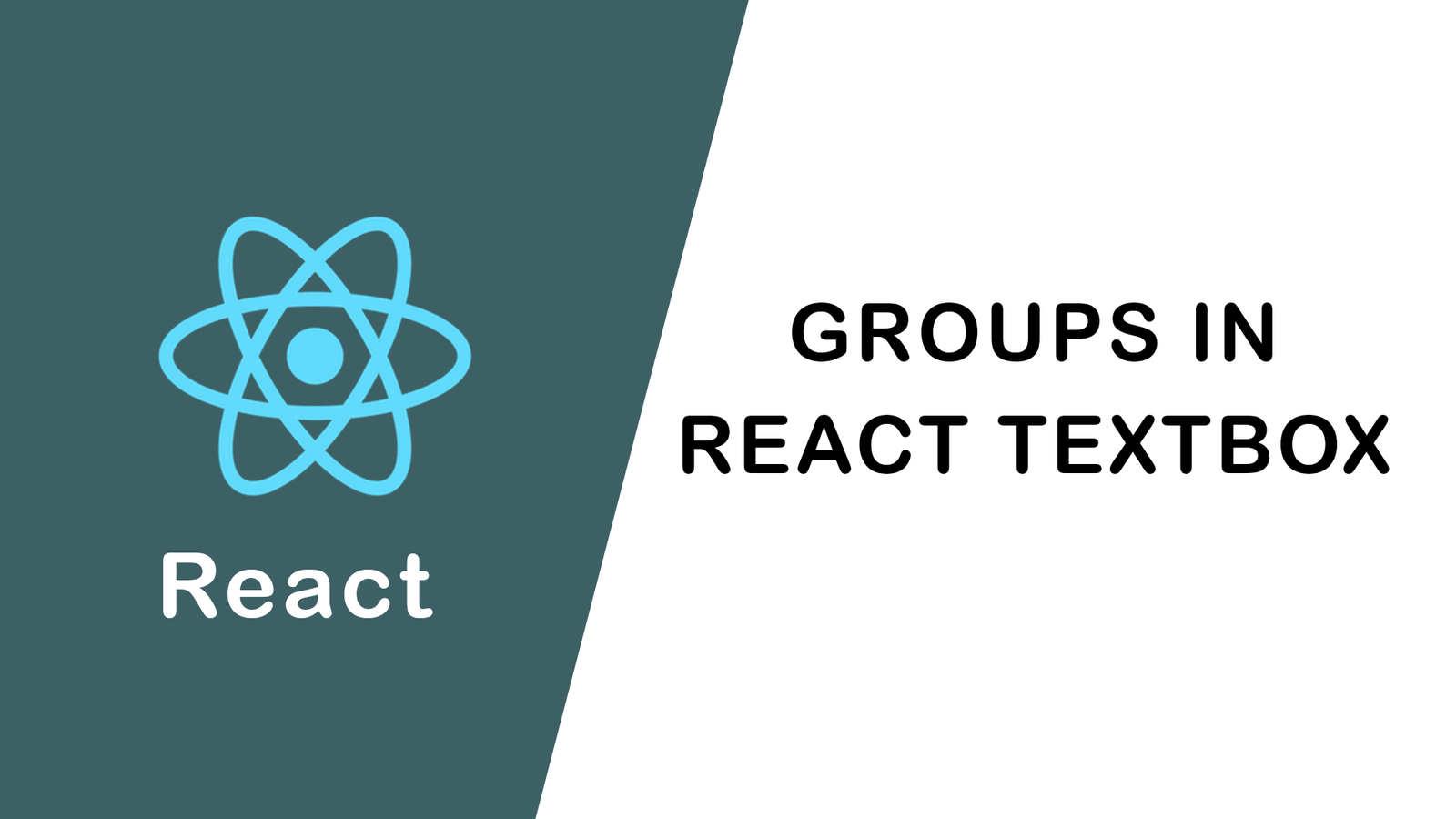
Groups in React Textbox
August 03,2022
JavaScript exercise-examples for Be...
August 03,2022
Create Social Login In Laravel With...
August 01,2022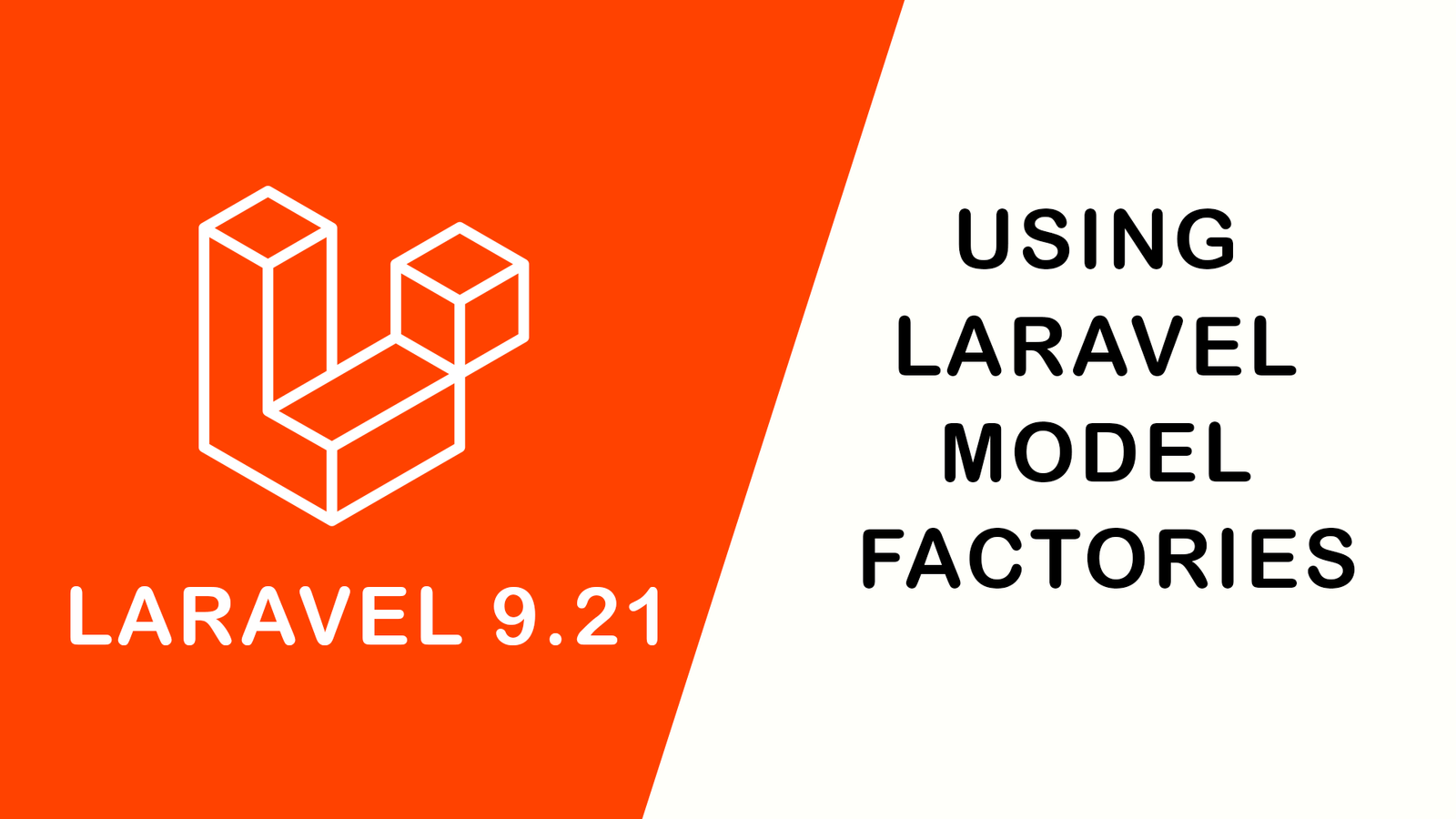
Using Laravel Model Factories
July 30,2022
How to Include Bootstrap 5 in our w...
July 28,2022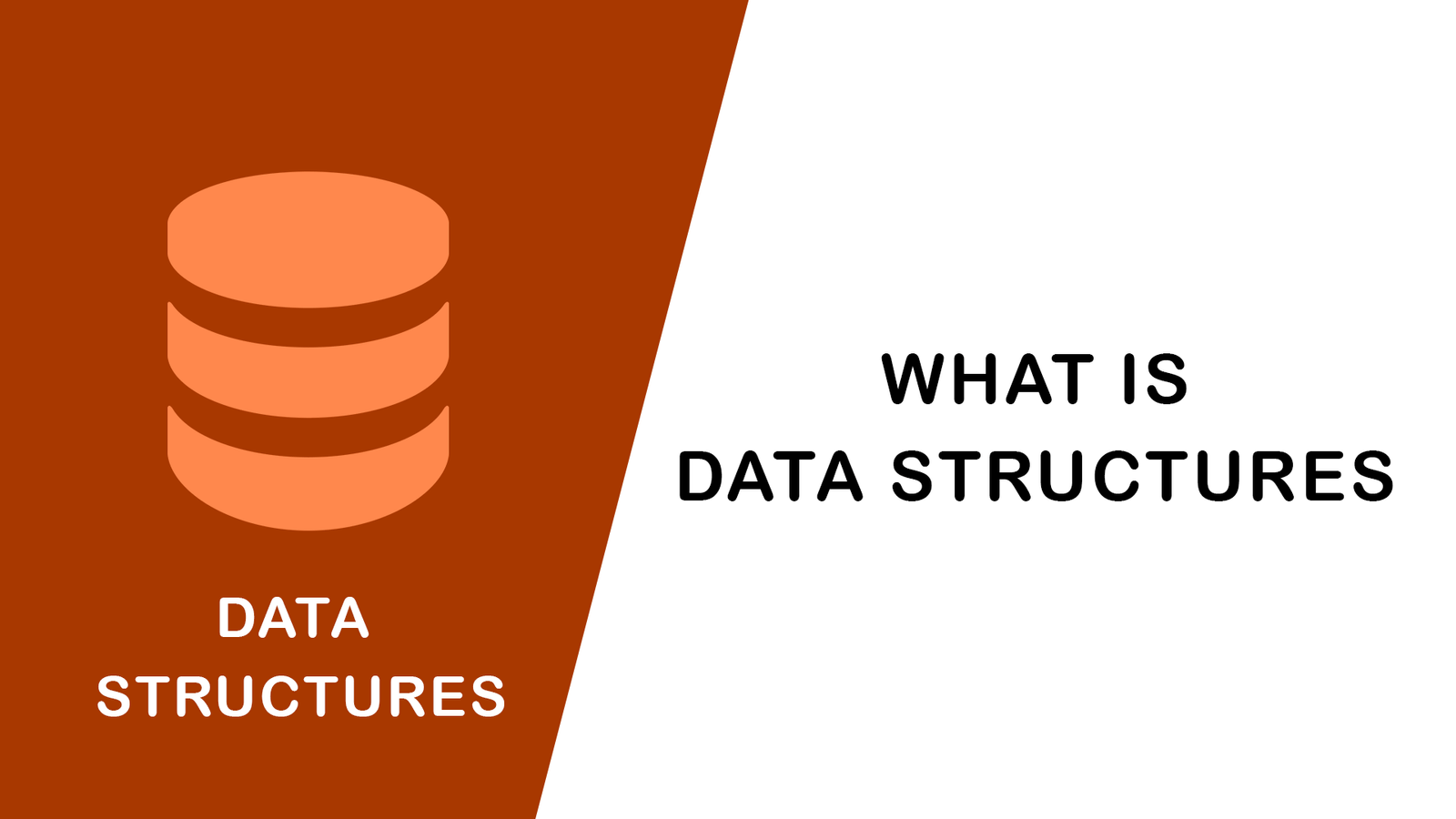
What Is Data Structures ?
July 28,2022
How to Validate Your Laravel App's...
July 27,2022
TOP 10 PROGRAMMING LANGUAGES USED B...
July 27,2022
Create Select Options from Enums, L...
July 27,2022
Fast Paginate for Laravel 9
July 27,2022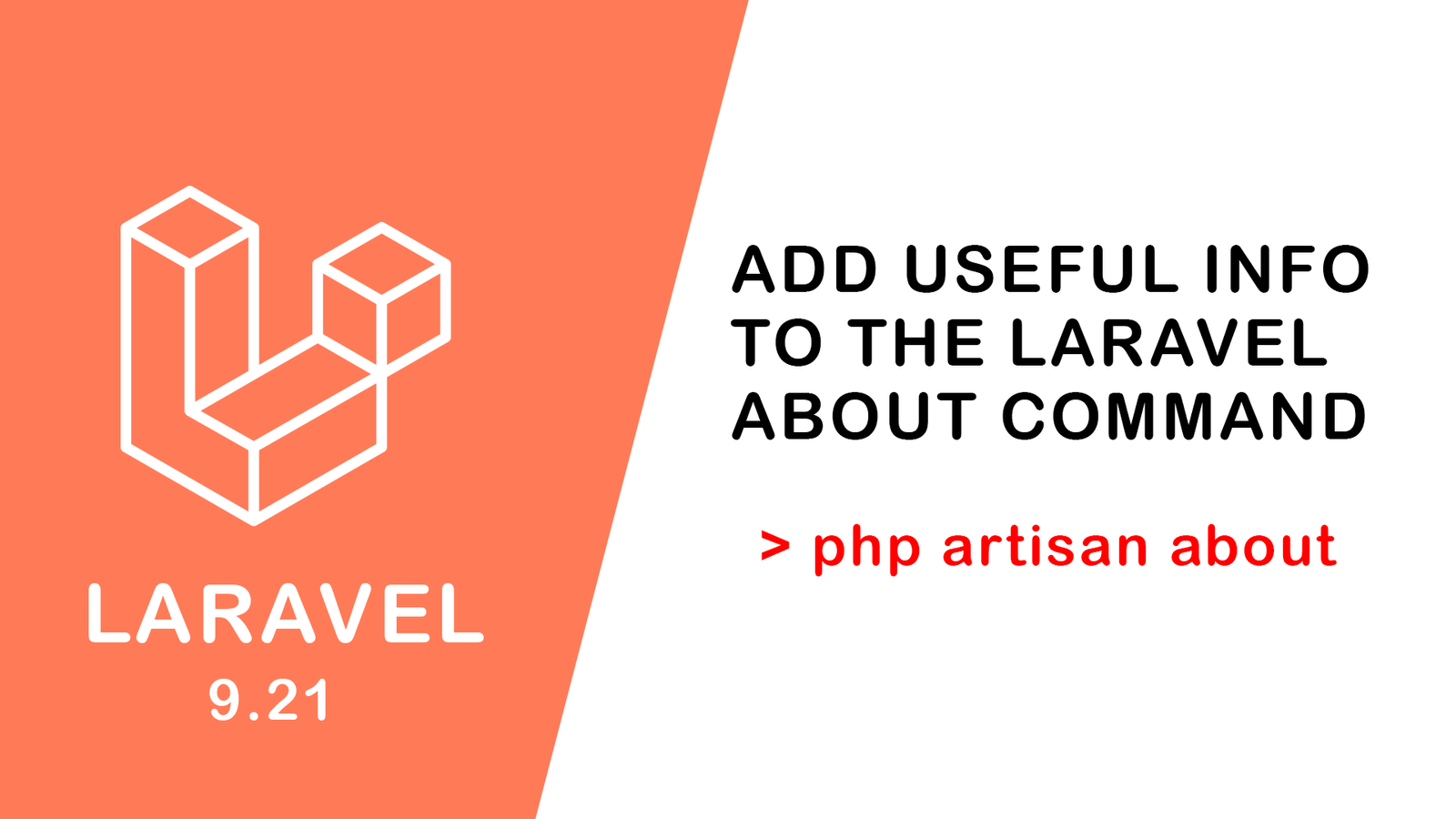
Add Useful Info to the Laravel Abou...
July 27,2022
Learn Most Common Git Commands
July 26,2022
React Hooks: Array Destructuring Fu...
July 25,2022
Laravel 8 CRUD operation
July 23,2022
How to Generate QR Code in Laravel...
July 21,2022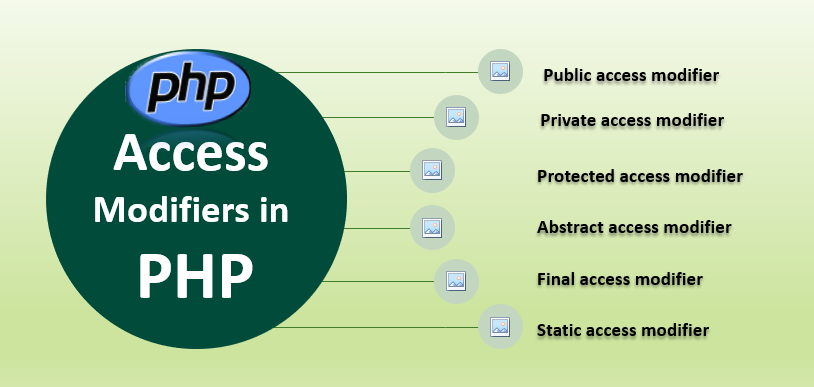
Access specifier in php
July 20,2022

